Boxes come in all shapes and sizes, especially wooden boxes created on a lathe.
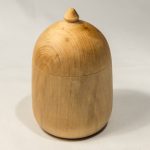
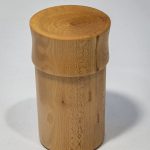

Box-making is fun because there are so many possibilities:
Patterns and textures vary, based on the wood and the type of finish used. There is such a wide selection of wood – from plain beige through to beautiful, convoluted oak burr. Plain wood is work considering because it has advantages and disadvantages; it is easy to work, but requires more complex shape and style to make the finished box interesting.
The shapes vary, but you still must figure on a reasonable sized compartment. Otherwise, why make a box anyway? Even so, boxes can be rounded, square, cylindrical, spherical. They can mimic organic or artificial forms. The compartment can closely match the outside shape, or it can be surprisingly different.
Some of the variety is based on style and function. The rest is art.
Completeness is important for a two-part object like a box, so it looks ‘right’ to the viewer’s eye.
When using wood for boxes – whatever shape – it’s most appealing if the grain lines up so the box looks ‘complete’ whenever it is closed.
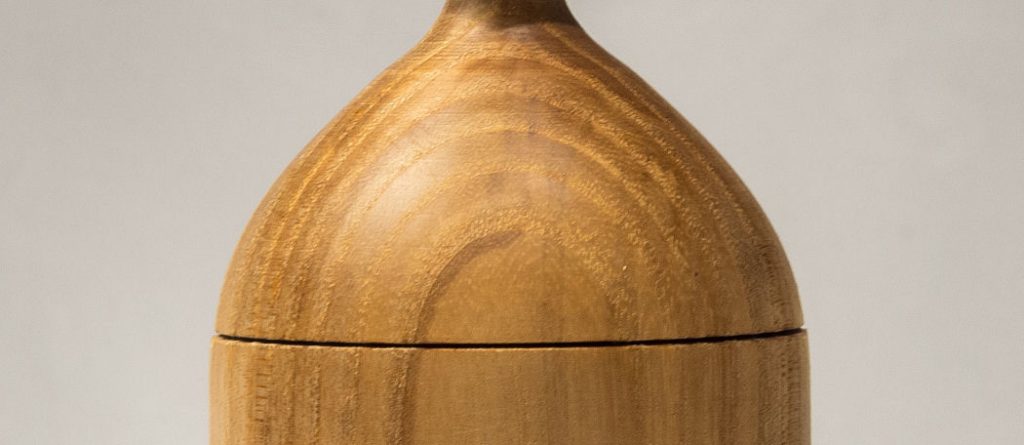
This is easier said than done unless you’re going to use really plain straight-grained wood and put the object’s main appeal into the design. If you decide to use irregular, beautifully figured wood, it takes some ingenuity to match lid to box, because some wood is always ‘lost’ when creating both pieces from a single piece of timber.
Then there is the lid itself – will it fit tightly, or will it be loose? With some types of wood, it’s possible to achieve a very close seal where the lid pops when you remove it.
However, some people prefer a relatively loose lid, so they can open the box with just one hand and get at the treasures within.
Here is a taste of the variety of boxes I’ve created:

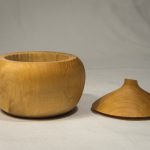

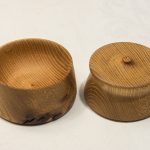


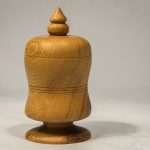
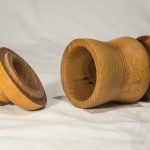

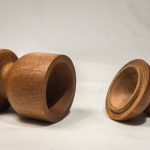
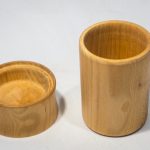
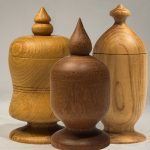
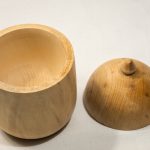
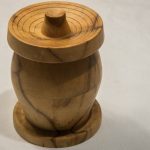
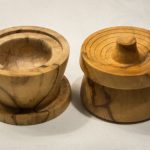
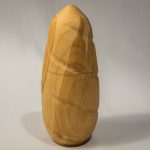
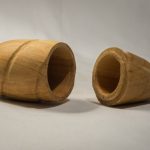
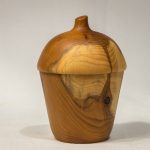
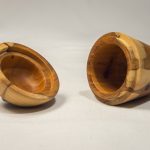
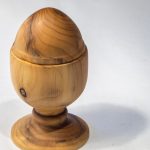
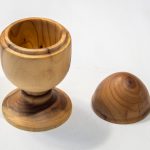
You must be logged in to post a comment.